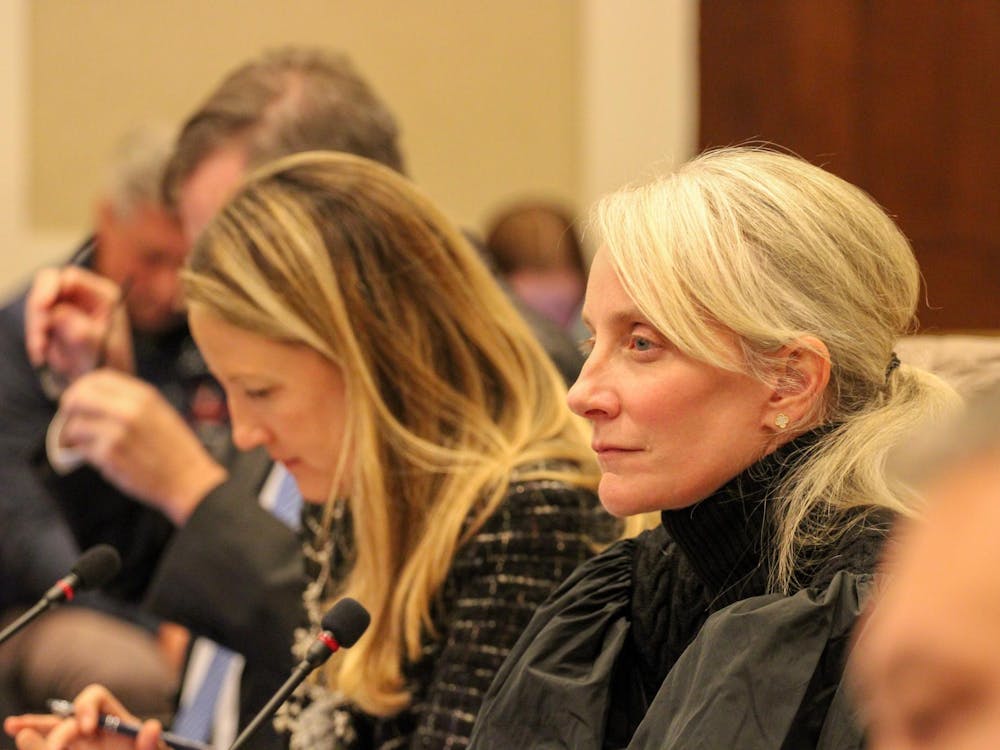Last year’s student body elections, which culminated in the passing of an amendment to the Honor Committee’s constitution, saw a turnout rate of 40.54 percent, an increase of 8 percent from the year before. The University Board of Elections will show how this year’s election turnout holds up in comparison when it announces results Friday.
Last year’s elections featured more than 40 different elections throughout the University, according to the elections board’s website. These ranged from presidents of the various classes to Honor, Judiciary and Student Council representatives. Last year, 7,522 undergraduate students of the 14,964 voted in elections overall.
UBE has jurisdiction over Student Council, the Honor Committee, Judiciary Committee and class council elections, as well as “other elections as the Board may be requested to oversee,” according to the organization’s constitution.
UBE Chair Krishna Korupolu, a second-year College student who serves as the group’s financial officer, said the high number of uncontested races is linked to low voter engagement.
“The problem is voter engagement at its core,” Korupolu said. “When the race is uncontested, there is no reason for candidates to reach out to their voter base.”
In last year’s Engineering Council elections, 1,149 students voted in the contested race for president between Shiv Sinha and Scott Mattocks, but only 981 of the 3,126 students in the Engineering School voted in the uncontested race for treasurer. Additionally, in last year’s election for third-year president, 1,422 then-second years voted for the uncontested Will Laverack, which is less than the 1,767 total undergraduate second-years who voted in any UBE election. In other words, only 39.79 percent of last year’s second years voted for their president.
This year’s elections for third-year president, featuring College students Jack Vallar and Andrew Kwon, and third-year vice president, featuring College students Parisa Sadeghi and Conrad Tindall, are bringing in much higher rates of third-year turnout than other races, Korupolu said.
Voter turnout varies by school as well. Korupolu said the smaller schools have a smaller turnout, perhaps because these schools often have their own elections. The largest school, the College, typically has the largest turnout rate in elections, with 50 percent in the spring of 2013 and 45 percent in the spring of 2012.
Fourth-years typically have the lowest turnout rate. Only 29 percent voted in 2012 and 46 percent in 2013. Since they graduate only a few months after these elections take place, few are around to see those whom they elected serve in office.
“[The University Board of Elections wants] to look to encourage people to run for positions early on in the year,” Korupolu said, hoping that this would decrease the amount of uncontested races and therefore potentially increasing the voter turnout. “We need to encourage more participation and self-governance.”






